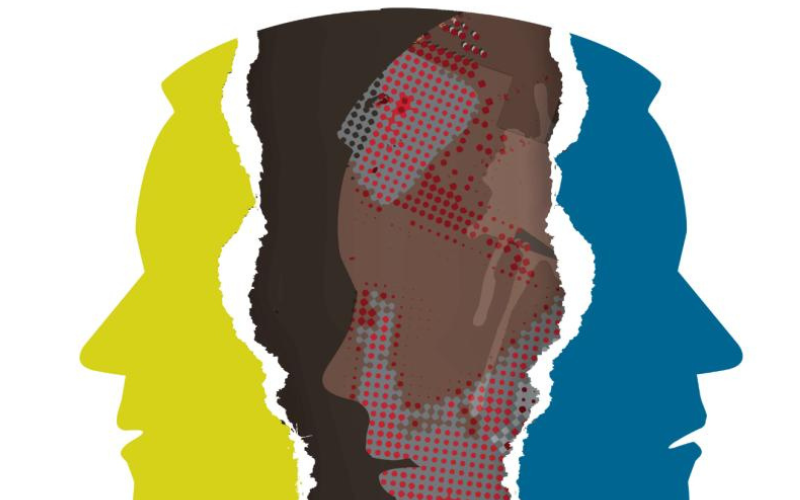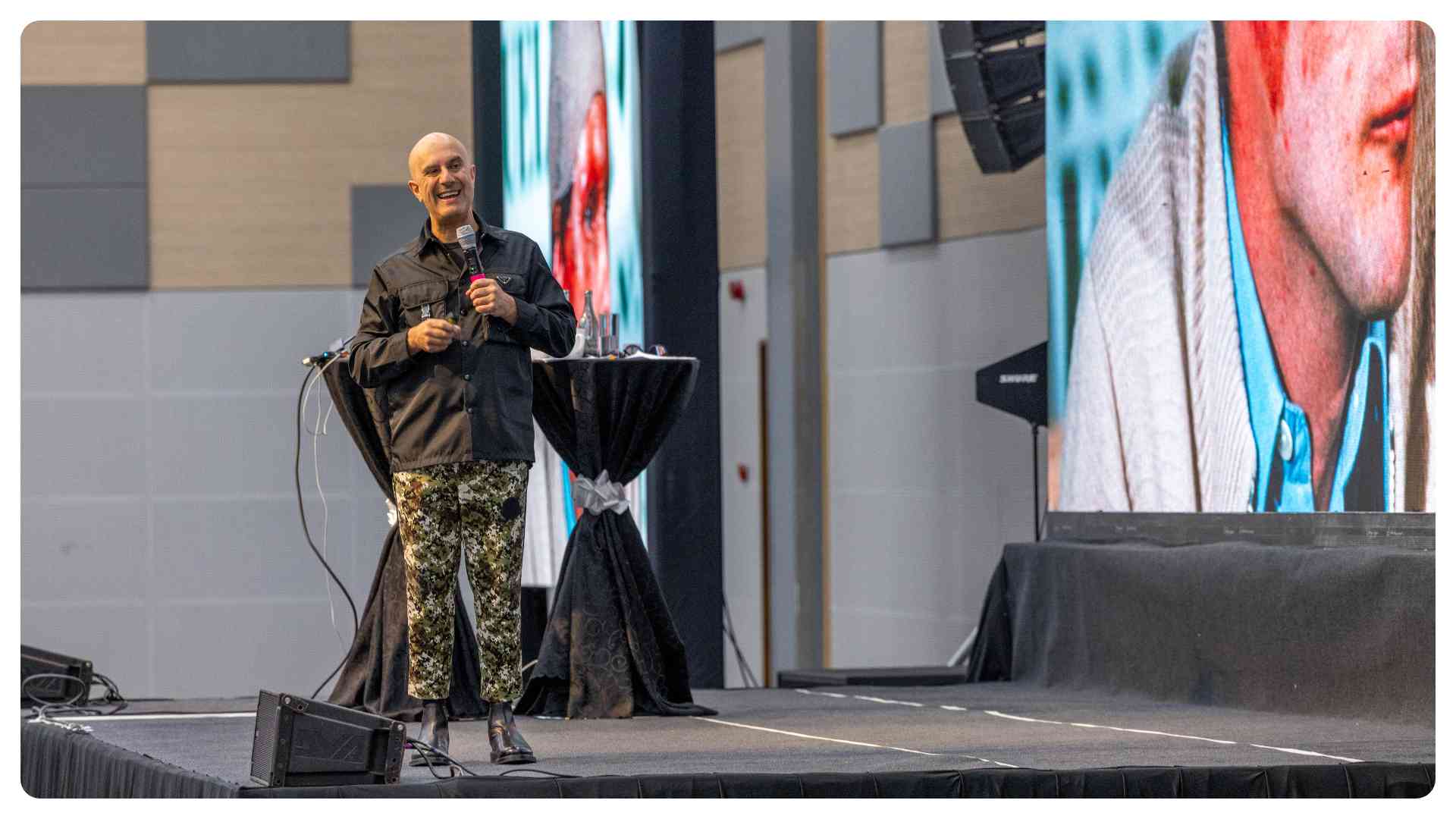
A shipwreck found off the southern coast of Malindi might become a valuable tourist attraction if archaeologists’ ongoing research confirms that it is the one the great voyager Vasco da Gama used in his last voyage to Africa.
The wreck found near the southernmost part of the Kenyan coast is the remnants of the galleon São Jorge—a Portuguese ship believed to have sunk during famed explorer Vasco da Gama’s final voyage.
Caesar Bita (National Museum of Kenya) in partnership with F Castro, J Pissarra (University of Coimbra), and B Frabetti (Bergen Maritime Museum), are conducting the research.
The four archaeologists say they believe the shipwreck found in 2013 at the southern part of Kenya’s coast might be the relics of the majestic galleon Sao Jorge that sunk during the famed explorer Vasco Da Gama’s final voyage in 1524.
According to their report published in the Journal of Maritime Archaeology, the archaeologists describe how they studied material retrieved from the wrick by previous researchers and retrieved them to learn more about the ship and its history.
The researchers say the history of the galleon Sao Jorge dates back to 2013 when a sunken ship was discovered off the southeast coast of Kenya, near the town of Malindi – approximately 500 metres offshore and just 6 metres down.
“Study of the wreck has been difficult due to its condition and location of this wreck which is believed to have sunk more than 500 years ago, and it came to rest on a coral reef,” the archaeologists write in the journal.
Over the years the ship has settled into the reef, making studying a difficult proposition. However, over the past decade, several artifacts have been retrieved from the wreck, such as elephant tusks and copper ingots, which pointed to the ship as being early Portuguese.
More recently the team of archaeologists ventured down to the wreck and made some small trenches, allowing them to retrieve some planks from the ship’s frame and its hull.
“The evidence suggests the ship is likely to be galleon São Jorge, which was part of a fleet of ships that were part of da Gama’s last voyage—he died during that expedition, likely from malaria,” says the report.
In 1513, Portugal reportedly began building ships for the dual purposes of war and sailing to the Indian and Pacific oceans. One such ship was built with three or four masts and was able to be fitted with artillery designed to fend off attacks from any direction.
The design was quickly adopted by other European countries, leading to the evolution of sea travel during the 16th century. The ship Sao Jorge, captained by Fernando de Monroy, was one such vessel, lost in Malindi around 500 years ago.
Vasco da Gama is believed to have been the first European to sail around the southernmost tip of Africa, in this new design, bringing him and his crew into the Indian Ocean. His first voyage was in 1497 and his last was in 1524.
The archaeological journey
Reportedly, after receiving a tip from a local fisherman, Caesar Bita, an underwater archaeologist at the National Museums of Kenya began exploring the site ardently.
Over the coming years, his exploration reaped greatly when he discovered elephant tusks and copper ingot from the wreck.
“It is larger than what I imagined for an early 16th-century ship, and the first feeling you get when you look at it is that it is going to take time to dig it,” Castro said after finding the shipwreck. He said it would require careful excavation, minding the details.
After the find, Bita invited Filipe Castro, a maritime archaeologist from the University of Coimbra in Portugal, to investigate the site where the treasure, a unique shipwreck lay.
The researchers plan to conduct more studies of the wreck, hoping to find proof of the ship’s identity. They hope to verify that the ship is the Sao Jorge in part by conducting “a survey of the coral reefs that stretch north from Malindi to Ras Ngomeni, a distance of about 25km.
According to the report, if proven the remains are indeed of the galleon São Jorge, it will be an important find, one that could make for one of the oldest European shipwrecks in the Indian Ocean.
The researchers say the ship may hold “a significant historical and symbolic value as physical testimony to the presence of Vasco da Gama’s third armada in Kenyan waters”.
For Bita, this would be one of the greatest discoveries by the Kenya National Museum and would give a twist to Kenya’s tourism and archaeological industry, by turning the wreck into an underwater museum to help people learn about the ship and Vasco da Gama’s voyages.
 The Standard Group Plc is a multi-media organization with investments in media platforms spanning newspaper print
operations, television, radio broadcasting, digital and online services. The Standard Group is recognized as a
leading multi-media house in Kenya with a key influence in matters of national and international interest.
The Standard Group Plc is a multi-media organization with investments in media platforms spanning newspaper print
operations, television, radio broadcasting, digital and online services. The Standard Group is recognized as a
leading multi-media house in Kenya with a key influence in matters of national and international interest.











